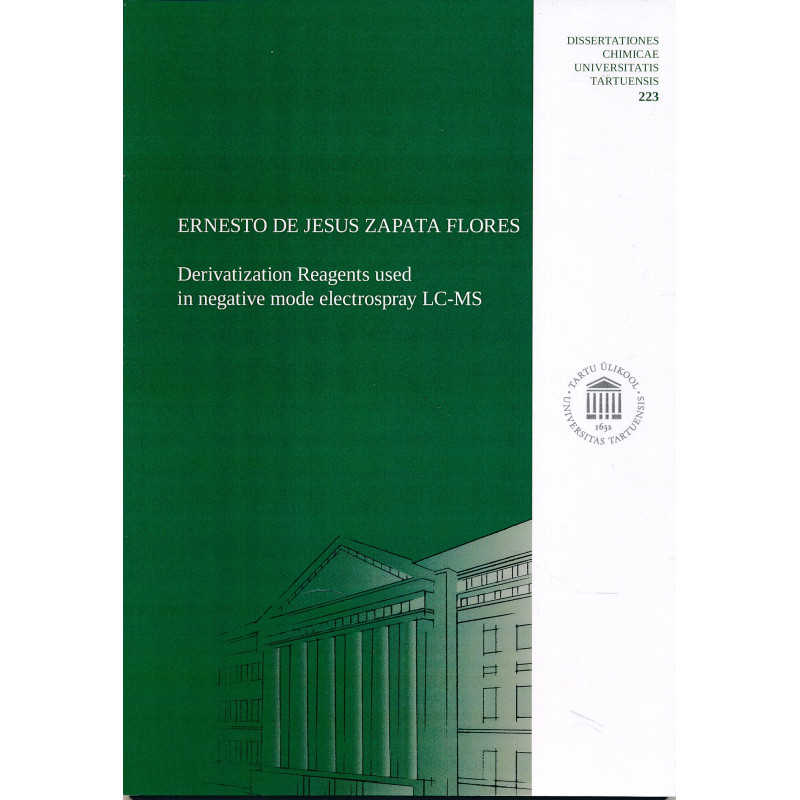




Ernesto De Jesus Zapata Flores
Tartu : Tartu Ülikooli Kirjastus, 2023
106 p. : ill.
ISBN: 9789916272909
Dissertationes chimicae Universitatis Tartuensis, 1406-0299 ; 223
Paperback dissertation in very good condition.
Hunting amino acids!
Have you ever thought that amino acids are present not only as part of proteins? In my research I look for free amino acids that can be found in different beverages, I analyzed beers, tomato juice, watermelon juice and kali! You may wonder why we need to know about free amino acids? Well, they can influence the flavor of our food, provide evidence of geographical origin, or even serve as a proof of authenticity of certain products.
Amino acids are very special molecules because they contain an amino group, which is basic, as well as a carboxylic acid group, which is acidic, in the same molecule, therefore it’s quite tricky to analyze them, that’s why they have to be transformed, or as we say, they have to be “derivatized”. Once this transformation was carried out, we have amino acid derivatives. These new molecules can be detected more easily with different techniques, in my research I use liquid chromatography coupled with mass spectrometry in negative ionization mode mainly. Liquid chromatography separates the mixture of amino acid derivatives from other components in the beverages while mass spectrometry ionizes the derivatives in negative mode, meaning that negatively charged ions are detected, this ensures that amino acid derivatives are actually analyzed and no other compounds! Compared to positive ionization mode, negative ionization mode is less influenced by the matrix effects caused by other components of the sample. In conclusion, my work enables to analyze amino acids in complex samples more reliably than has been possible in the past.